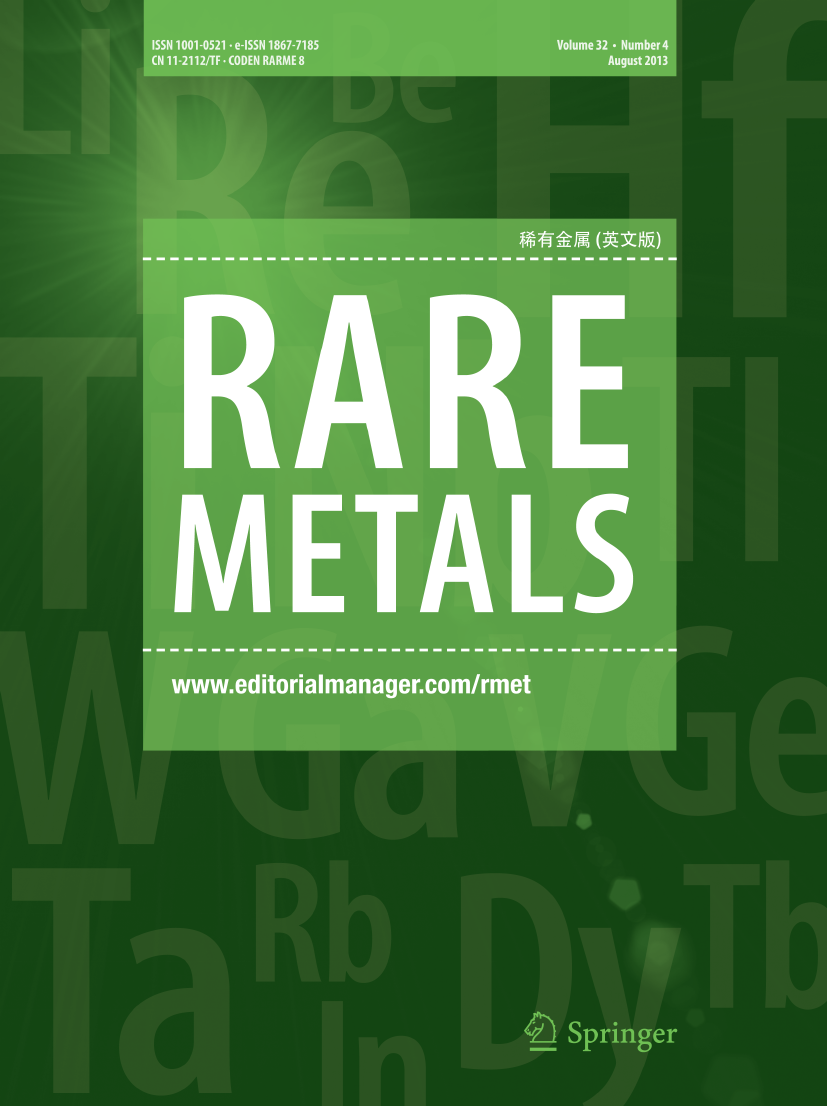Hierarchical nitrogen-doped multichannel carbon nanofibers for efficient potassium–selenium batteries
Abstract
K–Se batteries have been identified as promising energy storage systems owing to their high energy density and cost-effectiveness. However, challenges such as substantial volume changes and low Se utilization require further investigation. In this study, novel N-doped multichannel carbon nanofibers (h-NMCNFs) with hierarchical porous structures were successfully synthesized as efficient cathode hosts for K–Se batteries through the carbonization of two electrospun immiscible polymer nanofibers and subsequent chemical activation. Mesopores originated from the decomposition of the polymer embedded in the carbon nanofibers, and micropores were introduced via KOH activation. During the activation step, hierarchical porous carbon nanofibers with enhanced pore volumes were formed because of the micropores in the carbon nanofibers. Owing to the mesopores that enabled easy access to the electrolyte and the high utilization of chain-like Se within the micropores, the Se-loaded hierarchical porous carbon nanofibers (60 wt% Se) exhibited a high discharge capacity and excellent rate performance. The discharge capacity of the nanofibers at the 1,000th cycle was 210.8 mA·h·g−1 at a current density of 0.5C. The capacity retention after the initial activation was 64%. In addition, a discharge capacity of 165 mA·h·g−1 was obtained at an extremely high current density of 3.0C.

 求助内容:
求助内容: 应助结果提醒方式:
应助结果提醒方式:


